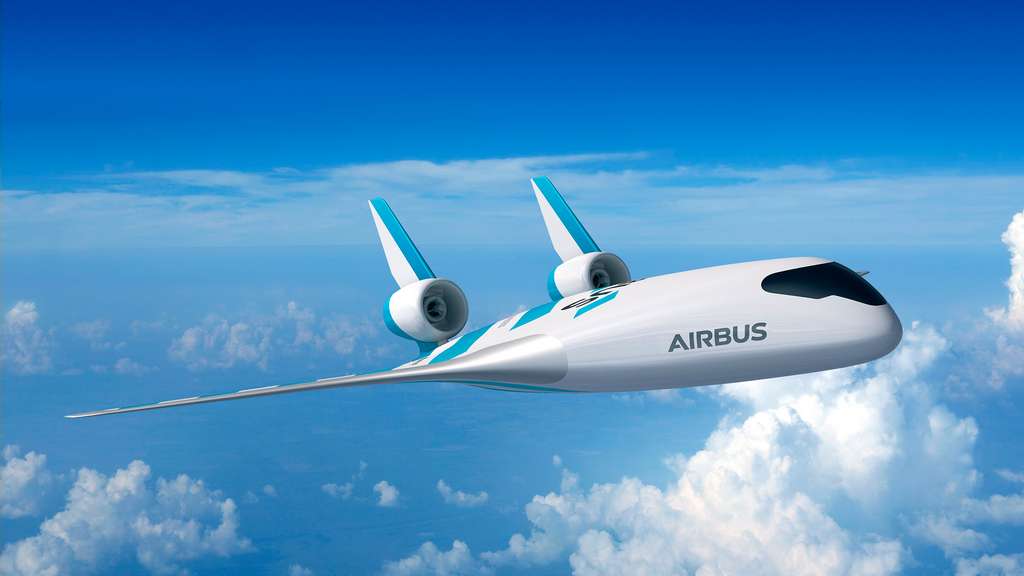Among the measures in the French government’s aeronautical support plan is the objective of launching a hydrogen-powered aircraft in 2035 without emitting CO 2 . Luis Le Moyne, director of the Higher Institute of Automobile and Transport, explains the difficulty of the task.
There are some days, at the announcement of the government stimulus package of aeronautics , France said to want a zero air emission carbon to hydrogen since 2035. In announcing the grant of funding of 1 , 5 billion euros over 3 years to the Council for Civil Aeronautical Research (CORAC), the State wishes to initiate a Research and Development program in technologies to reduce fuel consumption, aircraft electrification technologies and carbon neutral fuels such as hydrogen.
This funding also aims to avoid the industrialists concerned any risk of delay, or even to be overtaken by their competitors if the airlines, pushed by their customers, were more insistent and demanded a zero carbon emission aircraft from the start of the decade of 2030.
If Elisabeth Borne, Minister of the Ecological and Inclusive Transition said she was confident in the realization of such an aircraft by this time, specialists in commercial aviation and the transport sector are more nuanced. This is the case of Luis Le Moyne, director of the Higher Institute of Automobile and Transport.
As this teacher-researcher and university professor explains to us, as it stands, ” technology is not mature enough to board commercial aircraft “. The development of a hydrogen engine , ” whether it is a fuel cell which produces the electricity necessary to drive a propeller or which burns hydrogen in a turbojet engine “, comes up against several technical and production problems of hydrogen “requiring a massive increase in the production of wind and solar energy “.
Hydrogen: from rockets to planes
This idea of flying airliners with hydrogen has been studied for ten years by aircraft manufacturers. Everyone is convinced that hydrogen is one of the most promising energy alternatives of the future. The main advantage of hydrogen, apart from the fact that it is a carbon-free fuel, ” is its mass energy density “, which explains its use in the launcher industry .
But an A320 type passenger transport aircraft will need a large quantity of hydrogen at very high pressure levels, or even liquefied to limit its volume , because the density of hydrogen at low pressure is very low. In all cases, ” very large high pressure and very light tanks – to be made with materials which can withstand these stresses – with very low weight will be necessary “. The architecture of the planes will have to be completely rethought, because the ” current tanks are not suitable for carrying hydrogen “. Their size and shape are to be reviewed as well as their number and their position on the plane. ” More than engines, these hydrogen tanks are the main technological barrier . “
